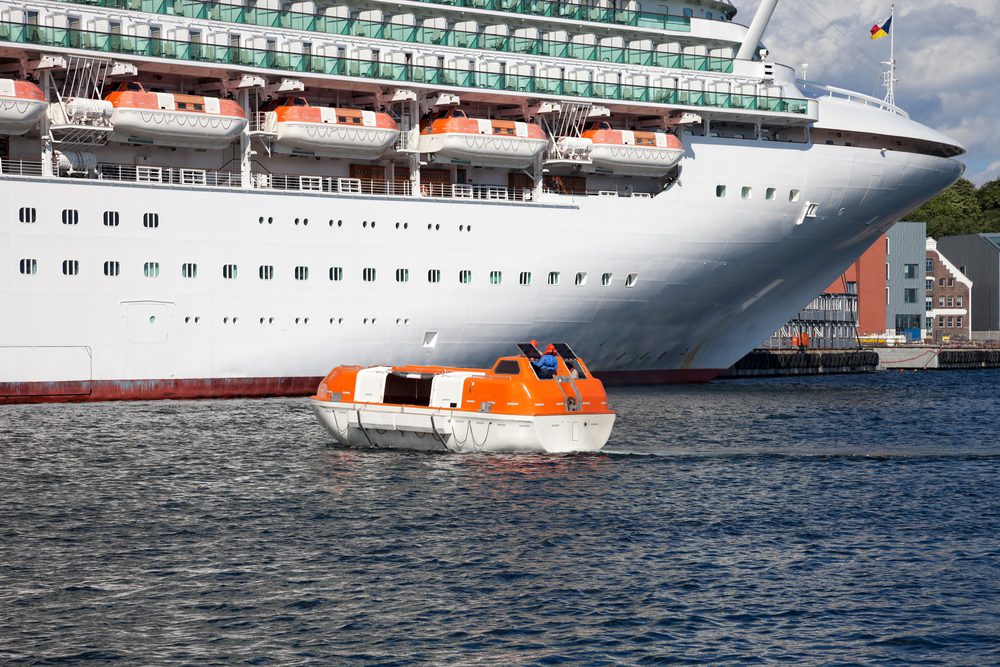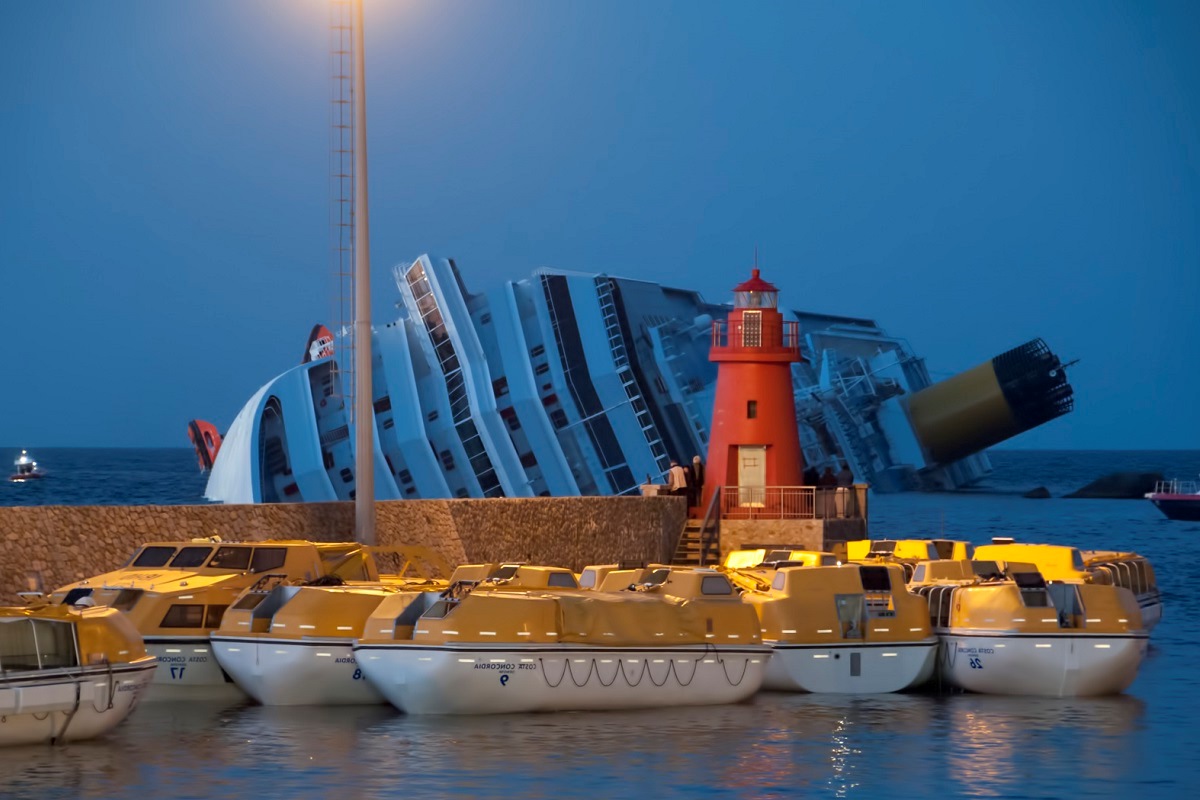Table Of Content

They typically feature a partial roof or canopy to protect passengers from the weather while the sides remain open to provide visibility and ventilation. It's a question that comes to many cruisers' minds, especially if they're hesitant about sailing across oceans and seas, far from land. Often cruises ships are nowhere near full capacity even if every cabin is booked. You won’t necessarily get into the lifeboat, but you will learn how to put on a lifejacket and be familiarized with the drill.
Are Cruises Safe? 9 Tips for Staying Safe on a Cruise Ship - Cruise Critic
Are Cruises Safe? 9 Tips for Staying Safe on a Cruise Ship.
Posted: Fri, 10 Nov 2023 08:00:00 GMT [source]
Challenges and Potential Solutions Regarding Lifeboat Requirements
The International Maritime Organization (IMO) requires a cruise ship to have lifeboats holding at least 75% of its maximum passengers and crew. The remaining 25% can be accommodated using life rafts and other life-saving equipment. In conclusion, lifeboat requirements on cruise ships are a critical aspect of emergency preparedness and passenger safety.
Do Cruise Ships Carry Inflatable Life Rafts?
The center of a lifeboat is most often oval in shape, with the center area blocked out for structural elements. When the hatch is closed the bolt is released and dropped to the sea together with the ship’s personnel inside the covered craft. The boats also have a diesel engine that will allow the crew to steer themselves away to a safe location. Ships engaged in Short International Voyages must have Partially or enclosed Life Boats for 30% of the total capacity of people on board. Plus the number of Life rafts necessary to obtain a total of 100% Rigid or Inflatable Liferafts for a total of 25% of the total number of people on board the Cruise Ship.
Lifeboat Types and Design
As mentioned, lifeboats are frequently inspected to ensure they fully work. Life rafts contain high-pressure gas canisters that allow them to inflate automatically and quickly once deployed. Cruise ships are durable and strong, created to resist weather conditions found on the open seas. Guidelines are put into place to remove the element of human error, making it safer than ever. Frequent inspections and training result in a safe lifeboat operated by a competent crew. Trained inspectors who are qualified are to report any compliance issues to the International Maritime Organization.

What Is a Cruise Ship Lifeboat?
Lifeboats delivery for cruise ship giant Icon of the Seas - Project Cargo Journal
Lifeboats delivery for cruise ship giant Icon of the Seas.
Posted: Wed, 10 May 2023 07:00:00 GMT [source]
If some lifeboats become damaged or can't be lowered during an emergency, cruise ships have extra life rafts to pick up the slack. SOLAS requires that there are enough additional life rafts for 25% of the ship's capacity. Cruise ships have also been designed to allow lifeboats and life rafts to deploy even if the ship is listing up to 20 degrees.
Is there food on a lifeboat?

Just under 500 people were evacuated by helicopter before the ship managed to start some of her engines and limped back to port. This is the only way to ensure the survival of everybody on board should the ship sink or catch fire. SOLAS and the Military regulation require the gas and the Liferaft to be sealed. Starting with weekly and monthly inspections, you should follow a strict schedule that adheres to the regulations set forth by the International Maritime Organization (IMO). After a successful lifeboat launch, the next phase is the recovery operation.
They are easily accessed from designated embarkation points and are equipped with necessary safety features and equipment, including life jackets, emergency lights, and communication devices. With a clear understanding of the regulations and requirements, let’s explore the capacity and types of lifeboats commonly found on cruise ships. These regulations and requirements are continually updated and reviewed by international maritime organizations to reflect advancements in technology and safety practices. Cruise ship operators must adhere to these regulations and ensure compliance to maintain the highest level of safety for their passengers and crew members. It’s important to note that while life rafts may not be as comfortable as lifeboats, they are a necessary safety measure on board cruise ships. In the event of an emergency, every second counts, and having enough life rafts for the crew can mean the difference between life and death.
Liferafts must be located on the ship’s exterior, easily accessible, and clearly marked. This is slightly more than the 75% requirement set by the IMO, and that’s assuming absolute maximum passenger numbers. 40,000 people receive my best cruise tips, insights and guides every week. Guests are able to find out before a cruise if a port is tendered, as it is detailed on the itinerary. Tendering usually happens when the ship is too big to dock in a certain port or the port is already occupied by another ship. The Costa Concordia ran aground after Captain Francesco Schettino detoured from his approved course, sailing close to an Island and gashing the ship’s hull on a reef.
By adhering to a comprehensive maintenance and inspection program, cruise ship operators can identify any potential issues or deficiencies in the lifeboat systems. Timely repairs, replacements, and updates can be implemented to maintain the highest level of safety for passengers and crew members. Now that we understand the safety features and equipment found on lifeboats, let’s explore the importance of lifeboat drills and the procedures put in place for emergency situations. Passenger safety is of paramount importance to the cruise industry, and complying with lifeboat requirements is an integral part of providing a secure and enjoyable cruise experience. By adhering to regulations and considering the passenger capacity, cruise ship operators demonstrate their commitment to the well-being and security of all those on board. However, as cruise ships increase in size and passenger capacity, carrying enough lifeboats on board becomes more challenging due to space limitations or weight restrictions.
These items, along with the communication and signaling equipment, are crucial in ensuring the safety of passengers and crew during a ship emergency. Over time, the cruise industry has made significant improvements in safety regulations and equipment. Today, ships are equipped with advanced technology and navigation systems, making it less likely for them to get into trouble.
They also possess ballast bags filled with water on their underside to enhance stability in rough seas. It’s designed to prioritize the safety and rescue of individuals during maritime emergencies. Most recently, on May 22, 2023, port-side lifeboats on Royal Caribbean International’s Navigator of the Seas detached from the vessel and flipped upside down in the water during maintenance.
These regulations may provide specific guidelines on lifeboat capacity, equipment standards, crew training, and emergency response procedures. According to SOLAS regulations, every cruise ship must have sufficient lifeboat capacity to accommodate all persons on board. This capacity includes both passengers and crew members, ensuring that everyone can be safely evacuated in an emergency. Additionally, these lifeboats must be arranged in a manner that allows for safe and efficient launching, under the supervision of trained crew members. For one, they mean that a cruise ship must have lifeboats/rafts for at least 125% of the ship’s total capacity.
Passengers are assigned to specific muster stations based on their cabin location. Partially enclosed lifeboats can hold a similar number of passengers to enclosed lifeboats, depending on the design. Depending on the design, enclosed lifeboats can accommodate a few dozen to several hundred passengers. Modern lifeboats are carefully constructed for optimal safety, ensuring quick and efficient evacuation in an emergency.
On a cruise ship, there must be enough lifeboats to accommodate 37.5% of passengers and crew members on either side (75% total), according to the International Convention for the Safety of Life at Sea. You can rest assured that cruise lines have many safety systems in place in the rare instance that a major emergency occurs at sea. Among these systems are, of course, the brightly colored lifeboats that you'll see lining the sides of your ship.

No comments:
Post a Comment